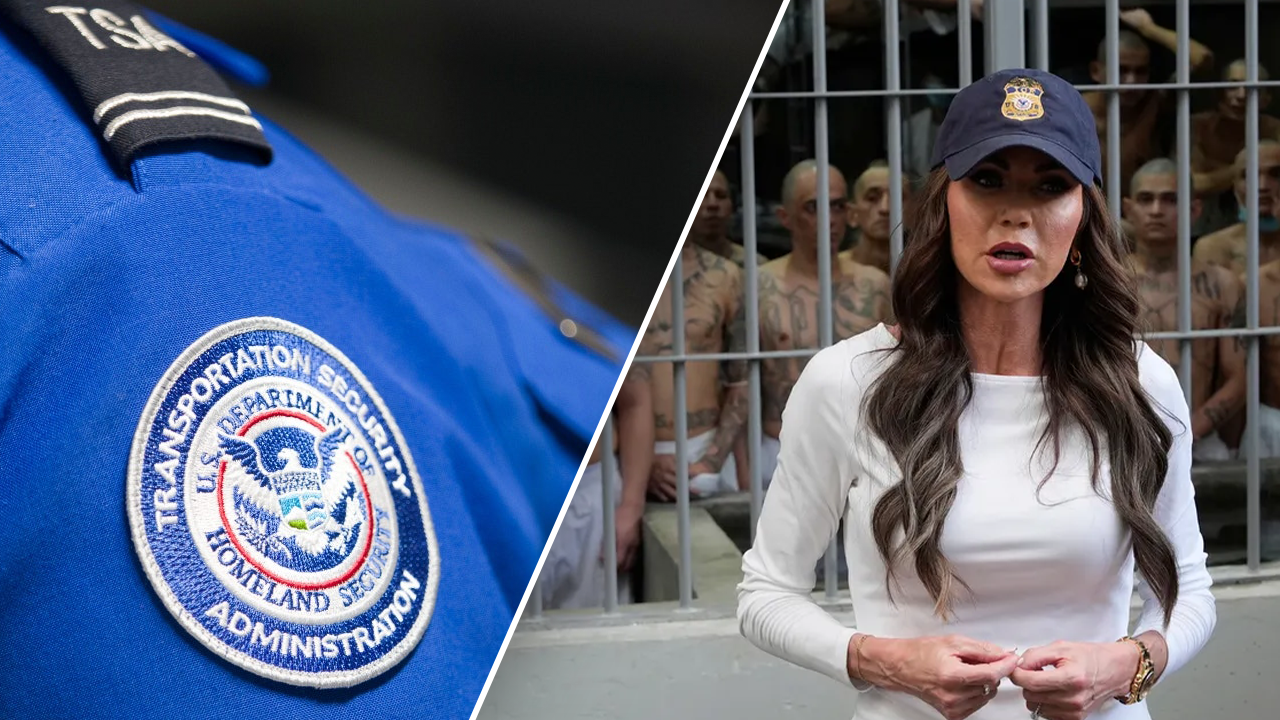Why is the government enforcing REAL ID requirements?

The Department of Homeland Security is set to implement REAL ID requirements for U.S. travelers for the first time in May, marking a significant move in the administration’s efforts to prioritize national security, particularly in the realms of illegal immigration and border security.
The REAL ID Act was initially passed by Congress in 2005 as a response to the identity verification challenges highlighted by the 9/11 terrorist attacks. The law aimed to establish minimum security standards for state-issued driver’s licenses and identification cards. However, the enforcement of this law has been slow over the past two decades.
Starting on May 7, all U.S. travelers over the age of 18 will be required to have a REAL ID. This will apply to all federal agencies, including the Department of Homeland Security and Transportation Security Administration (TSA). The goal of the REAL ID Act is to enhance the security and reliability of state-issued IDs, making them less susceptible to fraud and counterfeiting.
To obtain a REAL ID, individuals must provide valid proof of identity, proof of Social Security number and date of birth, and two additional documents that establish residency in the state. The specific requirements may vary by state, so it is important to check with the local Department of Motor Vehicles for guidance.
While the enforcement of REAL ID requirements may catch many Americans off guard, it is crucial for those who wish to travel by plane or access government facilities. Every adult in the U.S. will need a REAL ID-compliant ID to board a commercial flight or enter federal buildings. This includes state-issued driver’s licenses, identification cards, or other acceptable forms of ID like a U.S. passport.
Individuals living in states that have already implemented REAL ID verification do not need to rush to update their IDs. These enhanced IDs are marked with a seal, typically a star in the top right-hand corner, indicating compliance with the REAL ID Act.
For those without a REAL ID, there may be delays, additional screening, and possible denial of entry at security checkpoints. While legacy IDs are still valid for travel, it is recommended to obtain a REAL ID to avoid any disruptions, especially with the summer travel season approaching.
Overall, the implementation of REAL ID requirements is a crucial step in enhancing national security and ensuring the reliability of identification documents across federal agencies. It is essential for all U.S. travelers to be prepared and compliant with these new regulations to avoid any potential issues when traveling or accessing government facilities.




